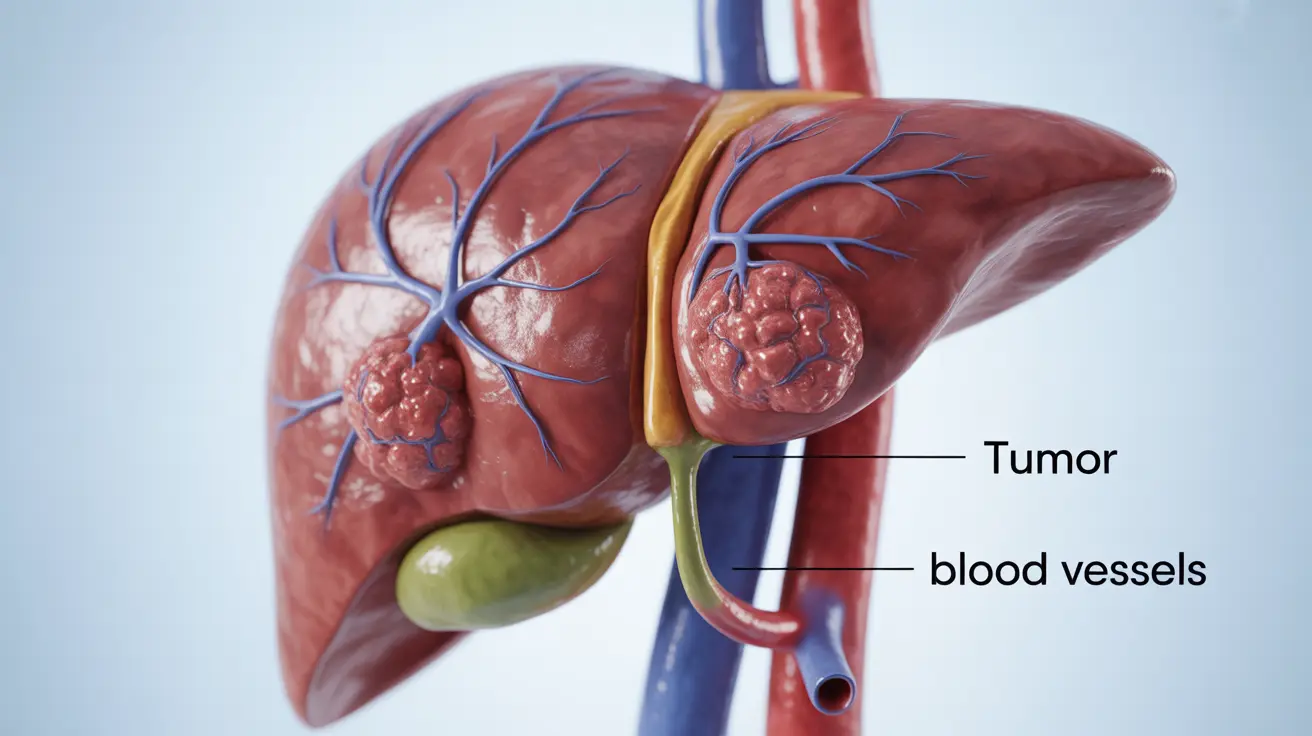Angiosarcoma of the liver is a rare but aggressive form of cancer that develops in the blood vessels of the liver. This serious condition requires prompt medical attention and understanding its signs and symptoms is crucial for early detection. While uncommon, being informed about this condition can help individuals seek appropriate medical care when needed.
This comprehensive guide explores the key aspects of liver angiosarcoma, including its symptoms, risk factors, diagnostic approaches, and available treatment options. Understanding these elements can help both patients and healthcare providers make informed decisions about care and management.
Understanding Liver Angiosarcoma
Liver angiosarcoma is a malignant tumor that forms in the endothelial cells lining the blood vessels of the liver. This type of cancer is particularly challenging because it can grow and spread rapidly, making early detection and treatment essential for improving outcomes.
Common Signs and Symptoms
Recognizing the symptoms of liver angiosarcoma is crucial for early diagnosis. Common signs include:
- Unexplained weight loss
- Abdominal pain or discomfort
- Weakness and fatigue
- Enlarged liver (hepatomegaly)
- Abdominal swelling or bloating
- Jaundice (yellowing of skin and eyes)
- Loss of appetite
- Nausea and vomiting
Risk Factors and Causes
Several factors can increase the risk of developing liver angiosarcoma:
Environmental Exposures
Certain chemical exposures have been linked to increased risk:
- Vinyl chloride
- Thorium dioxide
- Arsenic compounds
- Industrial chemicals
Other Risk Factors
Additional factors that may contribute to development include:
- Chronic liver disease
- Hemochromatosis
- Previous radiation exposure
- Certain inherited conditions
Diagnostic Process
Diagnosing liver angiosarcoma typically involves multiple steps and testing methods:
Imaging Studies
- CT scans
- MRI scans
- Ultrasound imaging
- Angiography
Laboratory Tests
Blood tests and other laboratory analyses help assess liver function and overall health status. These may include:
- Liver function tests
- Complete blood count
- Tumor markers
- Coagulation studies
Biopsy
A liver biopsy is often necessary to confirm the diagnosis and determine the specific characteristics of the tumor.
Treatment Approaches
Treatment for liver angiosarcoma typically involves a multi-modal approach:
Surgical Options
When possible, surgical removal of the tumor is the preferred treatment approach. However, due to the aggressive nature of the disease, surgery may not always be feasible.
Chemotherapy
Systemic chemotherapy plays a crucial role in treatment, especially when surgery isn't possible or when the cancer has spread.
Targeted Therapies
Newer treatment options may include targeted therapies that focus on specific aspects of cancer growth and development.
Frequently Asked Questions
What are the common symptoms of angiosarcoma of the liver that I should watch for? The most common symptoms include unexplained weight loss, abdominal pain, fatigue, enlarged liver, jaundice, and loss of appetite. Any persistent symptoms should be evaluated by a healthcare provider.
What causes angiosarcoma of the liver and who is at higher risk of developing it? Angiosarcoma of the liver can be caused by exposure to certain chemicals like vinyl chloride and arsenic. People with chronic liver conditions, those exposed to industrial chemicals, and individuals with certain genetic conditions may be at higher risk.
How is angiosarcoma of the liver diagnosed, and what tests are used? Diagnosis typically involves imaging studies (CT, MRI, ultrasound), blood tests, and usually a liver biopsy. The combination of these tests helps confirm the diagnosis and determine the extent of the disease.
What treatment options are available for angiosarcoma of the liver, and how effective are they? Treatment options include surgery, chemotherapy, and targeted therapies. The effectiveness varies depending on the stage of the disease and individual factors. Early detection and treatment generally offer the best outcomes.
Can exposure to chemicals like arsenic or vinyl chloride increase my risk of angiosarcoma of the liver? Yes, exposure to chemicals such as arsenic and vinyl chloride has been clearly linked to an increased risk of developing liver angiosarcoma. Workplace safety measures and avoiding exposure to these substances are important preventive steps.




